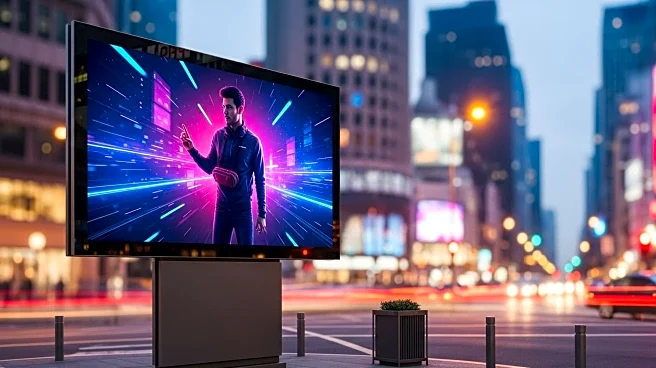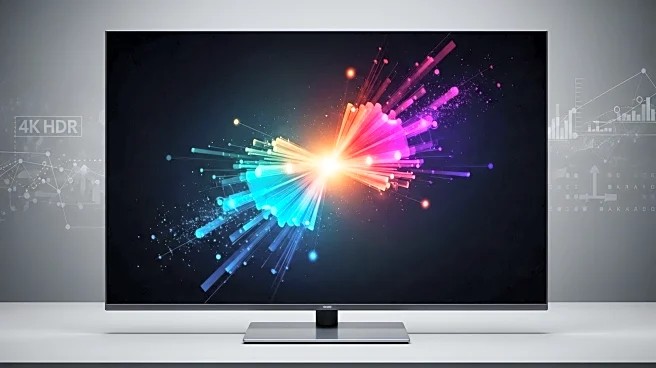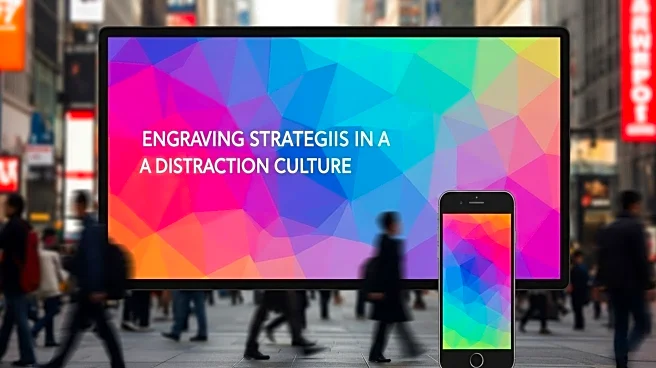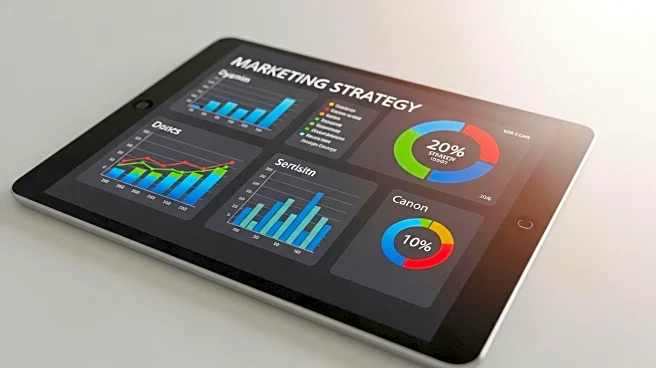What's Happening?
Out-of-home (OOH) advertising has evolved from traditional billboards to a dynamic, data-driven ecosystem that integrates digital channels and urban art forms. Marketers are increasingly focusing on measuring return on investment (ROI) and attribution by treating OOH as a digital channel, using location data, mobile IDs, and anonymized movement patterns to link exposure to real-world outcomes. Programmatic and dynamic creative strategies are being employed to boost relevance, allowing ads to change based on time, weather, and trending topics. Integration with digital channels such as mobile and connected TV (CTV) is also emphasized, creating a unified media mix that enhances reach and retargeting capabilities. Bold formats like 3D builds and interactive activations are considered valuable when designed for shareability and aligned with brand truths. Privacy concerns are addressed by using anonymized data to optimize placements without identifying individuals.
Why It's Important?
The transformation of OOH advertising into a digital-like channel is significant for marketers seeking to maximize their advertising budgets and engagement. By leveraging data-driven strategies, marketers can achieve more precise targeting and personalization, enhancing the effectiveness of their campaigns. The integration of OOH with digital channels allows for a seamless consumer experience, increasing the likelihood of conversion and brand loyalty. As privacy concerns grow, the use of anonymized data ensures compliance with privacy standards while still providing valuable insights for campaign optimization. This shift in OOH advertising represents a broader trend towards data-driven marketing, which is crucial for brands aiming to stay competitive in a rapidly changing advertising landscape.
What's Next?
Marketers are expected to continue exploring innovative OOH strategies that integrate digital elements and enhance personalization while maintaining privacy standards. The use of programmatic advertising and dynamic creative will likely expand, allowing for more responsive and contextually relevant campaigns. As technology advances, new measurement techniques and data sources will emerge, providing deeper insights into consumer behavior and campaign effectiveness. Brands may increasingly focus on creating shareable and immersive experiences that extend beyond physical locations through social media and digital retargeting. The ongoing evolution of OOH advertising will require marketers to adapt and innovate continuously to leverage its full potential.
Beyond the Headlines
The shift towards data-driven OOH advertising raises ethical considerations regarding consumer privacy and data usage. Marketers must balance the need for precision targeting with respect for consumer privacy, ensuring transparency in data collection and usage. The integration of OOH with digital channels also highlights the importance of cohesive brand messaging across platforms, requiring careful coordination and strategy. As OOH becomes more interactive and immersive, it may influence cultural perceptions of advertising, blurring the lines between marketing and entertainment. This evolution could lead to long-term changes in consumer expectations and engagement with brands.











